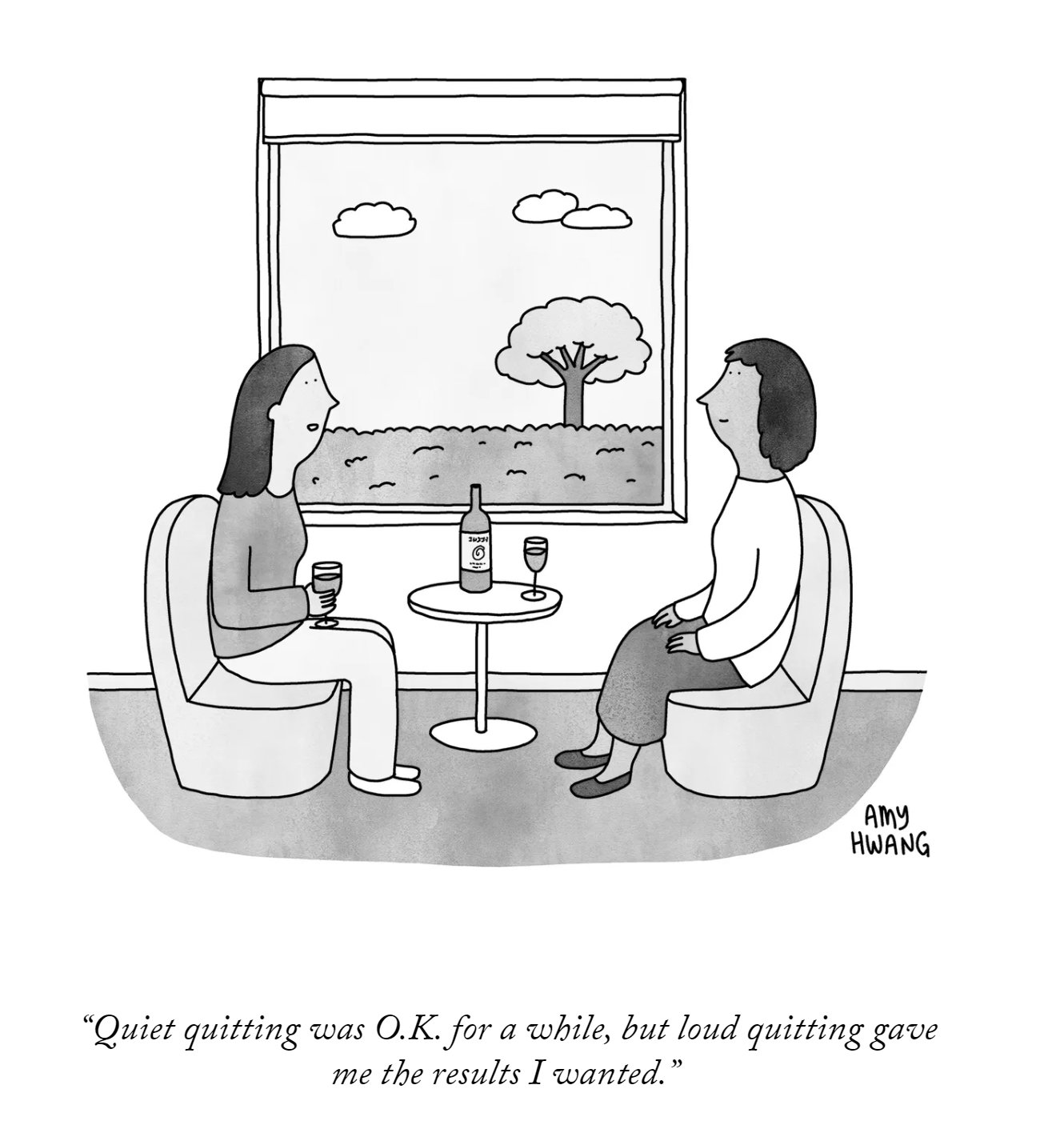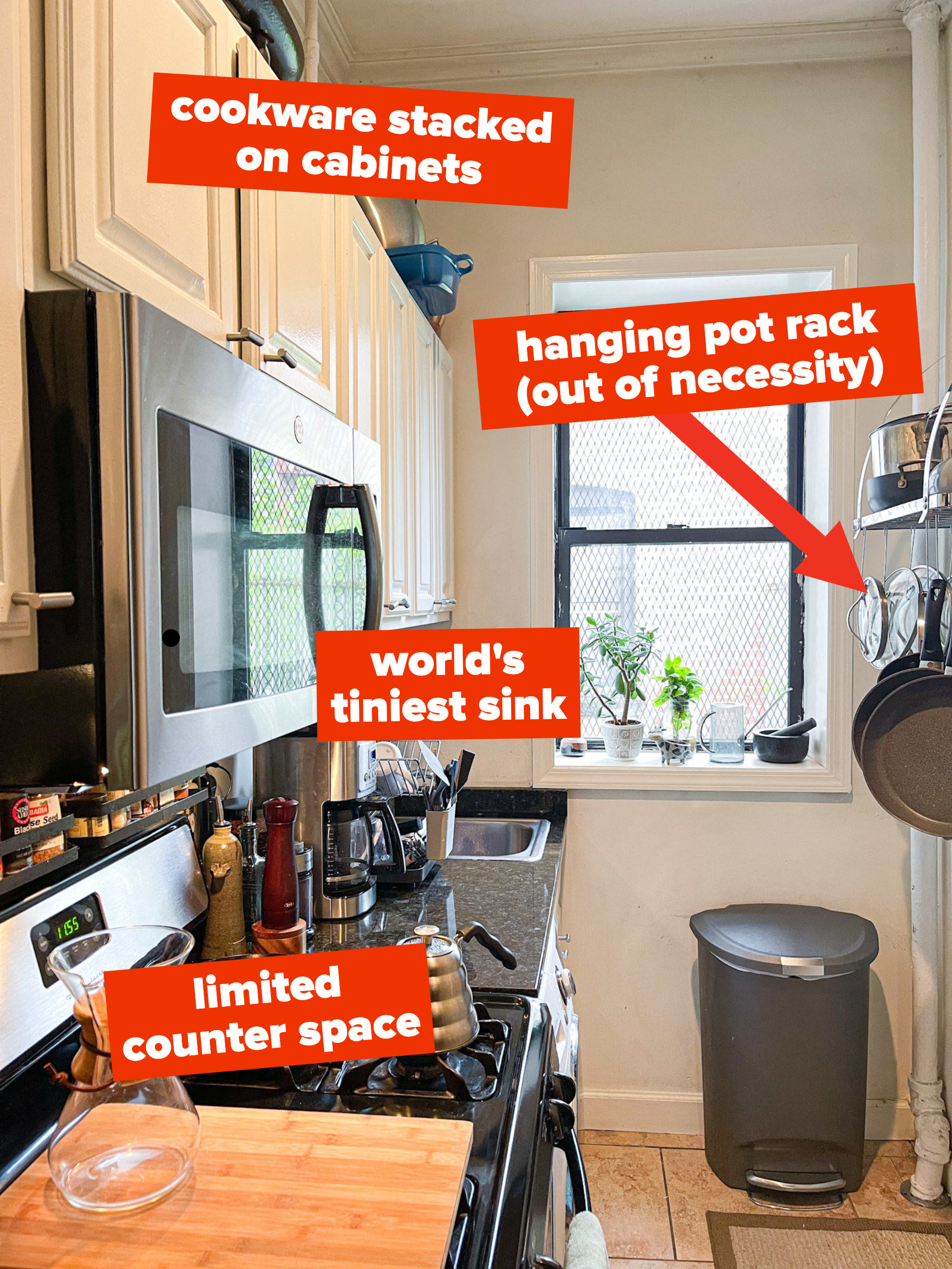Here’s a month end cornucopia of things I found interesting and worth reading but don’t really fit into any specific category. Among other things, I like posting these because I will be curious to see how they read in the next 5-10 years. I hope you find it worth reading now, though. 🙂
China: China has been making noise about invading Taiwan. A recent visit by Nancy Pelosi especially helped stir that pot. Foreign Policy had some good pieces on it here and here. China has been threatening Taiwan with drones, although it will take much more than drones to accomplish it.
Other things to note that are happening in China are a Banking Scandal and a poetry contest that causes problems. For more on China, this talks about how China is dealing with Covid. This addresses how China’s Surveillance State is encountering public resistance. Businesswise, Huawei is running into problems. More stories on China’s entrepreneurs. Last, this piece and this one address how good or bad Xi Jinping is as a leader.
Asia: in Japan, Chie Hayakawa imagines a Japan where the elderly volunteer to die. Bleak. Here’s a piece on how the Unification Church causes problems in Japan. Meanwhile, India scrambles to contain fallout over insulting comments about Islam.
Europe: Mikhail Gorbachev recently passed away. Vox looked at his legacy. As everyone knows, the Queen also died. Here’s why VOX thinks monarchies are better than republics. As for the new king, some think that he could be an improvement, at least when compared with Charles I and II 🙂
The right is strong elsewhere in places like Poland and Hungary, though the paths of those countries have diverged. Indeed, as the war goes on in Ukraine, Polish pilots Training to fly the Bayraktars war drones. Meanwhile, The right is ascendent in places like Italy and Sweden.
The U.S.: While Biden and Trump are likely to be fighting to be president in 2024, others are looking to content. Politico looks at how Nikki Haley raises money. And Josh Barro dismisses Gavin Newsom . AOC ponders if she will ever be president. Some day. Maybe. Finally, here’s a piece on the DeSantis Martha’s Vineyard stunt. Odious. Speaking of odious, Ken Starr died. Politico properly assesses his poor legacy.
Canada: Here in Canada the Conservative party has a new leader. Let’s see how that goes. I’d like to pause for a moment to highlight the interim leader, Candice Bergen. She forced the previous leader out of Stornoway so she could move in. Then she retires. Nice. Have to remember that the next time the Tories complain others not being fiscally conservative. More on that here and here.















 Shows such as the Grammys, the Oscars, and the Emmys give us the chance to consider the media they are based on. One thing to think about is how that old media is under attack by newer media. Music was the first to struggle with this problem. Now with everything from Netflix to Disney+, network television is also struggling but with new forms of TV. As the New York Times writes about this year’s Emmys:
Shows such as the Grammys, the Oscars, and the Emmys give us the chance to consider the media they are based on. One thing to think about is how that old media is under attack by newer media. Music was the first to struggle with this problem. Now with everything from Netflix to Disney+, network television is also struggling but with new forms of TV. As the New York Times writes about this year’s Emmys:





















